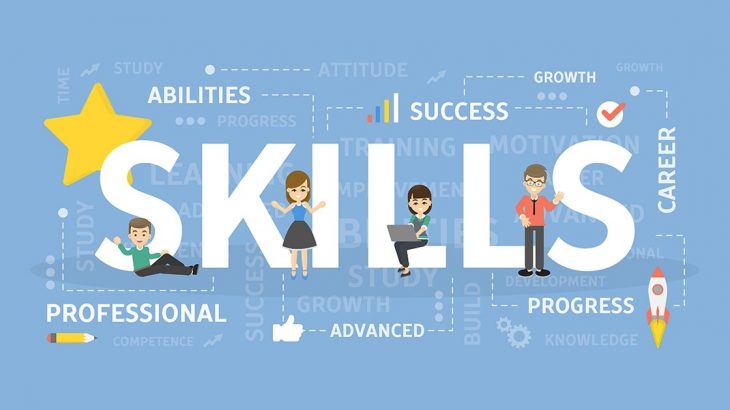Human capital management refers to development of human capital through regular trainings, skill development activities and retaining talented employees. An individual who strives hard for the maximum part of the day to accomplish the goals and objectives of an organization are its real assets. Machinery, capital, innovative ideas and office furniture do play an essential role in the successful running of an organization, but nothing would work out if an organization does not have employees who really think for it.
Employees must develop a sense of attachment and loyalty towards the organization.
From where do you think attachment comes from? Is it only money? The answer is NO. Money could be one of the factors.
A feeling of loyalty towards an organization cannot develop in just one or two days. It takes time for employees to inculcate a sense of pride in working for their organization.
Human Capital management plays an imperative role in honing the skills of employees and making them reliable resources. Human Capital management helps in hiring the right candidate for the right job, properly orienting him to the organization and constantly upgrading his/her existing knowledge.
An organization needs to invest its time and energy in its employees through various internal and external trainings, team building exercises (activities which bring out the best in employees) to expect dedication, sincerity, hardwork and loyalty in return.
Organizations are benefitted when specialized and already experienced people are hired for the right job. In such cases, an organization does not need to spend much of its time in training an employee. Employees with prior in depth knowledge can take charge immediately, without wasting time of superiors or senior management.
Unique Skill Set model often abbreviated as USS Model highlights the importance of hiring skilled (already trained) individuals for organizations.
According to Unique Skill Set model, unique skills set employees boast of unique skills and in-depth knowledge and understanding of the business and overall industry. Unique skills set staff come with relevant experiences and skill sets making them more efficient and reliable than employees who need to be trained from the initial levels.
Unique skill set model reduces the cost of cross functional trainings as employees are already trained and ready for their respective roles. Unique skills set employees possess unique skills and knowledge and thus can contribute effectively towards the functioning of organizations from the very beginning. They are in a position to come up with innovative ideas and solutions to make the systems better and efficient. Unique skills set employees are aware of their roles and responsibilities, strategies to be made for the organization and how to implement the same in the right direction to achieve the goals and objectives.
Unique skills set employees are more efficient and team members determine what actions should be taken and in what direction. Training is not much required in USS Model.
Retention of talented resources with less capital resource is one of the hurdles in unique skill set model. Organizations find it difficult to retain high performing employees as they have a tendency to move on for better opportunities. Aging of talented employees is another problem in unique skill set model.





